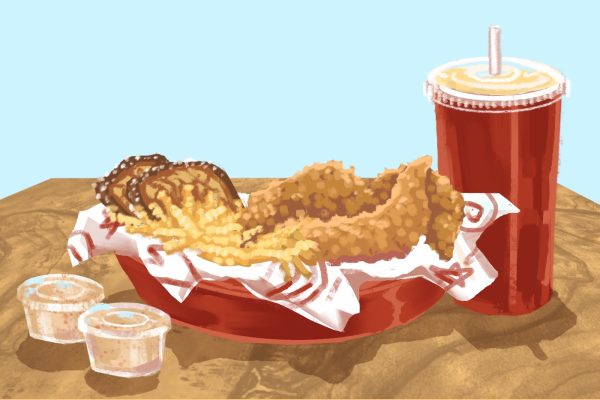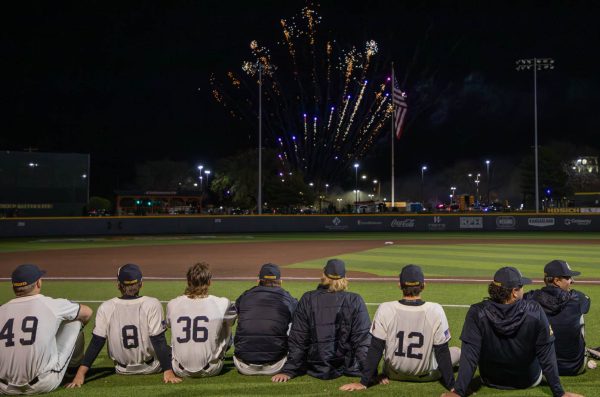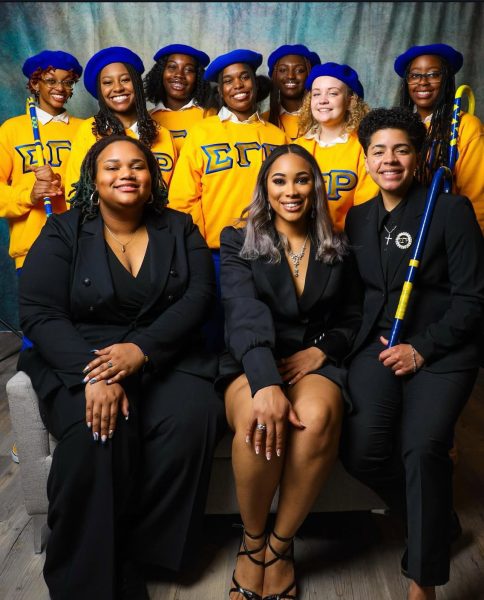Pass the turnips: your guide to Halloween’s past
Across the Halloweens of your life, you’ve gone from dressing up as a Power Ranger to watching horror movies to visiting haunted houses to dressing up as a drunken Power Ranger that hits on girls wearing cat’s ears and painted on whiskers (and not much else). But, how did October 31 become known as the day it is acceptable to dress like an idiot and go around demanding candy from your neighbors?
The pagan festival Samhain (old Irish for “summer’s end”) is the precursor to our Halloween. During Samhain, the door to the “Otherworld” was opened, and souls of the dead and other mystical beings, such as faeries, could enter our world. Feasts and celebrations were held to honor the benevolent spirits, and rituals to stave off the evil spirits were performed.
Some of these rituals involved carving lanterns from turnips and a man dressed as a white mare leading children door-to-door to collect food for feasts to honor the souls of the departed. Some people wore disguises or costumes to hide their identity from vengeful spirits. In the 19th century, Irish immigrants brought these customs to the U.S. where they became jack-o’lanterns, trick-or-treating, and Halloween costumes.
When Christian influences began to take hold in Ireland and Scotland, the Samhain celebrations were retooled to fit the Christian holidays “All Saints (or Hallows) Day” and, specifically, the night before, “All Hallows Eve,” which quickly became Halloween.
Halloween was not an immediate success in the U.S. Although aspects of the celebration were practiced in the New World from the time of the Plymouth colony, the Puritans generally frowned upon the holiday as a celebration of witchcraft and evil. It was not until the early 20th century that Halloween was celebrated as a nationwide holiday by people of all racial, religious and social backgrounds.







